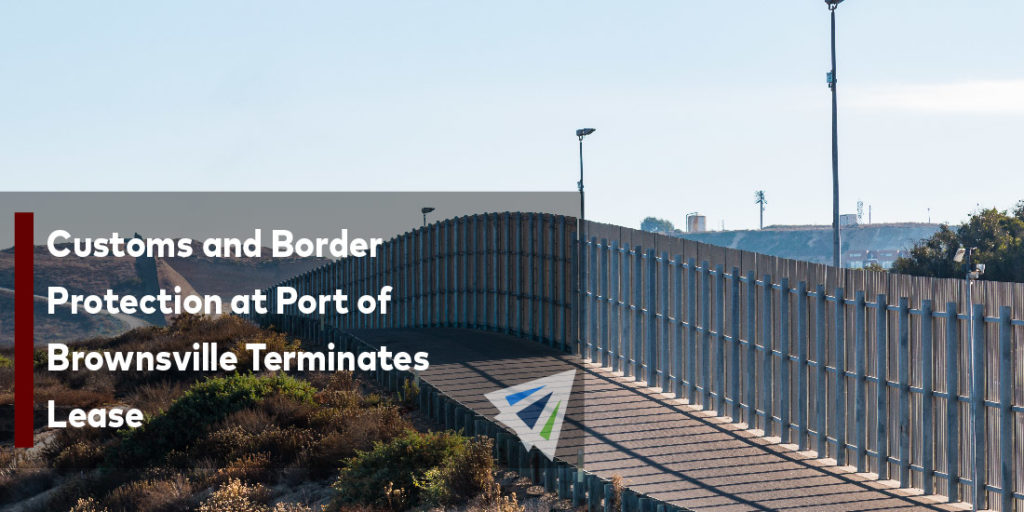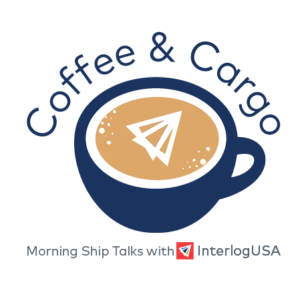Competitive Edge
January 5th, 2021
Stay Current with Interlog’s Weekly Newsletter:
Sign up for our next Coffee & Cargo webinar –> CLICK HERE
To watch last month’s webinar –-> CLICK HERE
Ocean Freight Market Update
Headlines
- Ports of Los Angeles and Long Beach postpone container dwell fee for the eighth week in a row due to improvements in moving aging cargo
- Environmental coalition calls on major retailers to cut down on shipping emissions
- Shanghai port continues to rank first in container throughput worldwide for 12 consecutive years
UPDATE: U.S./Canada Port Congestion
- Savannah: 10 Backlogged Vessels
- Charleston: 14 Backlogged Vessels
- Norfolk/Newport News: 31 Backlogged Vessels
- Los Angeles/Long Beach: 67* Backlogged Vessels
- Note: This does not include LA/LB bound vessels waiting at ports of origin
- Vancouver: 75 Backlogged Vessels
IMPORT: China to North America (TPEB)
Recent Developments:
- High import volumes expected for first half of 2022
- Pre-Chinese New Year sailings are limited leading to high demand, critical capacity, and rate increases
Rates: Rate levels will remain elevated. Strong pre-CNY demand also leads to potential rate increases. In return, more shippers and importers are changing bookings from standard to premium.
Space: Space remains critical.
Capacity/Equipment: Capacity remains severely under. Equipment deficits critical.
TIPS: Book at 4 to 5 weeks prior to CRD. Strongly consider premium service—sooner than later as it may become limited.
IMPORT: Europe to North America (TAWB)
Recent Developments:
- Schedule reliability is expected to diminish as winter weather affects the North Atlantic
- Likelihood of port omissions and port rotation changes continue into the mid-term
- USEC port congestion remains manageable, and some lines are reinstating a Savannah call from January 2022
- USWC remains heavily congested at Los Angeles and Long Beach ports
Rates: Rates levels remain relatively stable but are still noticeably high.
Space: Space remains critical, especially for the USWC.
Capacity/Equipment: Capacity remains tight for both North Europe and Mediterranean services. Equipment availability at ports, however shortages remain at inland terminals.
TIPS: Book 5 or more weeks prior to CRD. Strongly consider premium service for higher reliability and no-roll guarantees.
EXPORT: North America to China
Recent Developments:
- Diminishing schedule integrity is contributing to void sailings, delay, and challenging post earliest return dates
- Vessel arrivals remain fluid for USWC POLs
Rates: GRI advisories are out for select Southeast Asia and Oceania destinations for January.
Capacity: Available capacity remains fluid for USWC POLs. USEC capacity has become for readily available.
Equipment: IPI origins remain adversely affected by deficits on containers and chassis. Standard equipment availability has not been an issue, but special equipment is remains elusive.
TIPS: Book 4 to 6 weeks prior to CRD to secure equipment and vessel space.
AIR FRIEGHT: United States
Export:
- US export demand will remain high until the last weeks of December. Larger shipments from outbound gateways can take 2 to 4 days from booking to uplift to Europe, Latin America, and Asia destinations.
- Transpacific to Asia and transatlantic to Europe have not experienced any cancellations due to the new COVID variant.
- Rates to Latin America, Europe, and Asia are subject to seasonal increases and will remain higher until the final weeks of December.
- Slightly higher transit times into top European hubs due to the current influx of cargo arriving to their terminals.
Import:
- US has lifted the ban on travelers from the EU causing European Airlines to introduce more bellyhold capacity.
- LAX/ORD/JFK ground handlers continue to face backlogs and are using off-airport facilities to manage the flood of inbound cargo.
TIPS: Book early considering the current dwell time at airports.
Did You Know?
There are around 1.5 million seafarers in the world employed by the shipping industry.
Freight News
Major disruption in Ningbo/Shanghai is occurring, due to new covid protocols
New covid protocols have been put in place after covid outbreaks in the Zhejiang province have occurred. However, this is now causing even more congestion and delays for transport services in the areas.
According to Westbound Global, many international bookings are being rerouted to different ports, such as Shanghai for example. This is because trucks cannot move FROM Ningbo to most cities nearby, though they are able to move from nearby cities TO Ningbo; however the drivers will face a 14 day quarantine before they are able to return, according to Westbound Global.
We will be touching on all of this during our webinar next month, where our experts will share their thoughts and the impacts this will have on shipments. You can sign up here to join January’s webinar on January 19th, at 10am Central Time.
Looking to avoid some congestion? Here are 5 alternative container ports
Major ports out west (LA/LB, Oakland, Seattle-Tacoma, British Columbia), east (New York-New Jersey, Charleston), and south (Savannah and Houston) have all experienced major congestion since the beginning of 2021. Now cargo owners and freight forwarders are left to figure out if they want to deal with the congestion/delays or try to find alternative solutions.
Here are 5 alternative container ports that have helped relieve some constraints for some cargo owners and freight forwarders in the past year:
- Port of Cleveland – In 2020, the Port of Cleveland expanded its main gate, reassessed its entry and exit truck lanes, as well as adding security card and license readers to reduce wait times for trucking companies, reported by Freightwaves.
- Port of Montreal – This port has handled around 1.6 million TEUs in a year and recently towards the end of 2021, they welcomed a container vessel directly from China for the first time (without cargo transshipment in the Mediterranean), according to Freightwaves.
- Port of Portland – Earlier in 2021, the Port began a new intermodal rail service that moved import loads to Chicago via the Union Pacific railway, as well as started bringing in additional loader vessels to help handle local export cargo, according to Freightwaves.
- Port of San Diego – located around 90 minutes south of LA/LB and has been accepting additional vessels since March, according to Freightwaves. The Port can handle about 2-4 cargo vessels a month, with a variety of commodity types.
- Port of Hueneme – located just an hour drive north of the Port of Los Angeles, the Port’s main businesses are refrigerated imports and automobiles, according to Freightwaves.
Sign up for our
industry answers
Our team works to provide valuable, unique, and relevant content to assist you in finding solutions. Sign up now.

